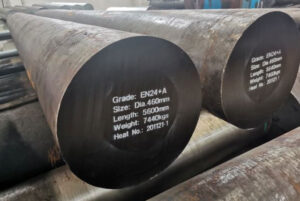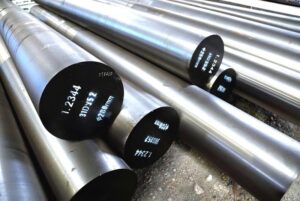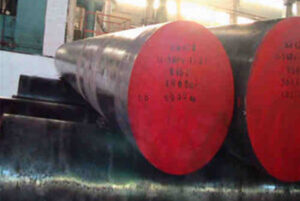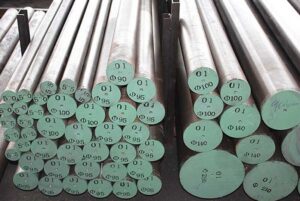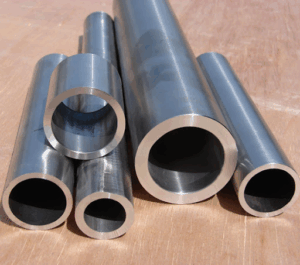Tổng quan về ASTM A193 Steel
When it comes to high-performance steel, ASTM A193 stands out as a top choice. But what exactly is ASTM A193 steel, and why is it so widely used in various industries? In this comprehensive guide, we’ll dive deep into the specifics of ASTM A193 steel, breaking down its chemical composition, mechanical properties, heat treatment, applications, and more. By the end, you’ll have a thorough understanding of this remarkable material.
Chemical Composition of ASTM A193 Steel
The chemical composition of ASTM A193 steel is crucial because it determines the material’s properties and suitability for different applications. This steel is known for its exceptional strength and durability, making it ideal for high-stress environments. Let’s break down its chemical makeup.
| Nguyên tố | Tỷ phần trăm |
|---|---|
| Carbon (C) | 0.38% max |
| Manganse (Mn) | 0.40 – 1.00% |
| Phốt pho (P) | Tối đa 0,035% |
| Lưu huỳnh (S) | Tối đa 0,040% |
| Silicon (Si) | 0.15 – 0.35% |
| Crôm (Cr) | 0.75 – 1.20% |
| Molypden (Mo) | 0.15 – 0.25% |
| Vanadi (V) | Tối đa 0,03% |
| Niken (Ni) | 0.25% max |
This specific blend of elements gives ASTM A193 steel its unique properties, allowing it to perform exceptionally well in high-pressure and high-temperature environments.
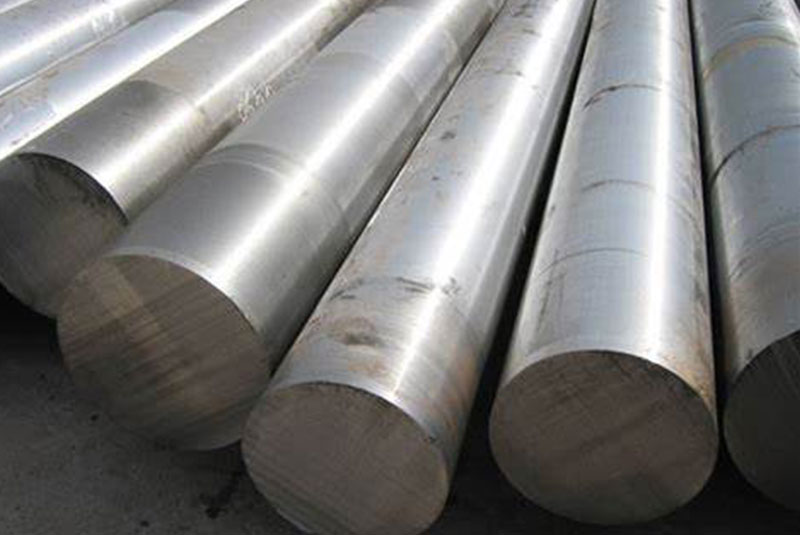
Mechanical Properties of ASTM A193 Steel
The mechanical properties of ASTM A193 steel define how it behaves under various physical stresses. These properties make it an excellent choice for a variety of demanding applications.
| Tài sản | Giá trị |
|---|---|
| Độ bền kéo | 105 ksi (725 MPa) min |
| Độ bền kéo | 95 ksi (655 MPa) min |
| Độ giãn dài | 16% min in 2 in. |
| Reduction of Area | 50% min |
| Hardness (Brinell) | 285 max |
These values highlight the steel’s ability to withstand high tension and pressure without deforming, making it a reliable material for critical applications.
Heat Treatment of ASTM A193 Steel
Heat treatment processes can significantly alter the properties of ASTM A193 steel, enhancing its performance for specific applications. Here’s how heat treatment affects this steel:
| Heat Treatment Process | Chi tiết |
|---|---|
| Ủi nhiệt | Slowly heating to 1550°F (845°C) and cooling in the furnace to relieve internal stresses. |
| Chuẩn hóa | Heating to 1600°F (870°C) followed by air cooling to refine the grain structure. |
| Làm mát | Rapid cooling from 1600°F (870°C) in water or oil to increase hardness. |
| Ủ nhiệt | Reheating quenched steel to 1100-1300°F (595-705°C) to achieve desired mechanical properties. |
These treatments allow manufacturers to customize the steel’s properties, ensuring it meets specific performance requirements.
Applications of ASTM A193 Steel
ASTM A193 steel is used in a wide range of industries due to its high strength and durability. Let’s explore some of the primary applications.
| Ngành công nghiệp | Đơn đăng ký |
|---|---|
| Dầu khí | Fasteners for drilling rigs, pipelines, and refineries. |
| Sản xuất điện | Bolts and studs in turbines, boilers, and other power plant equipment. |
| Ngành hóa dầu | High-pressure and high-temperature fittings and valves. |
| Xây dựng | Structural components requiring high strength and corrosion resistance. |
| Ô tô | Critical engine components and fasteners. |
From the oil fields to construction sites, ASTM A193 steel proves its worth in challenging environments.
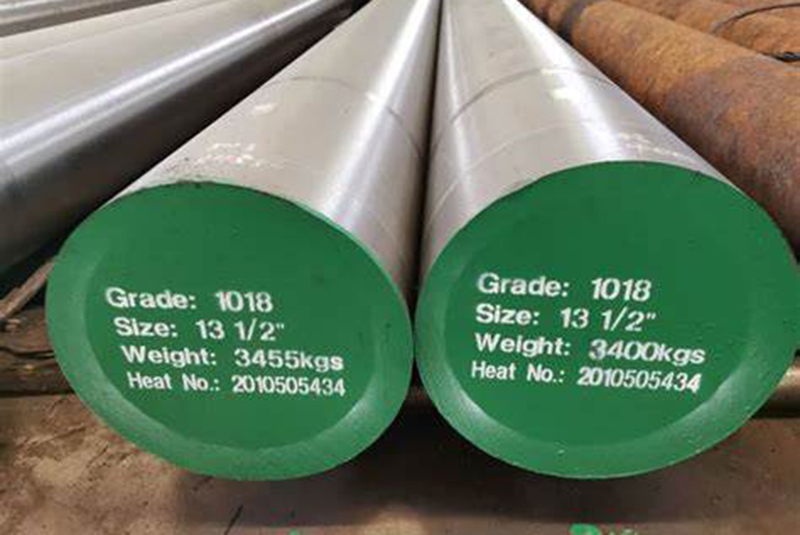
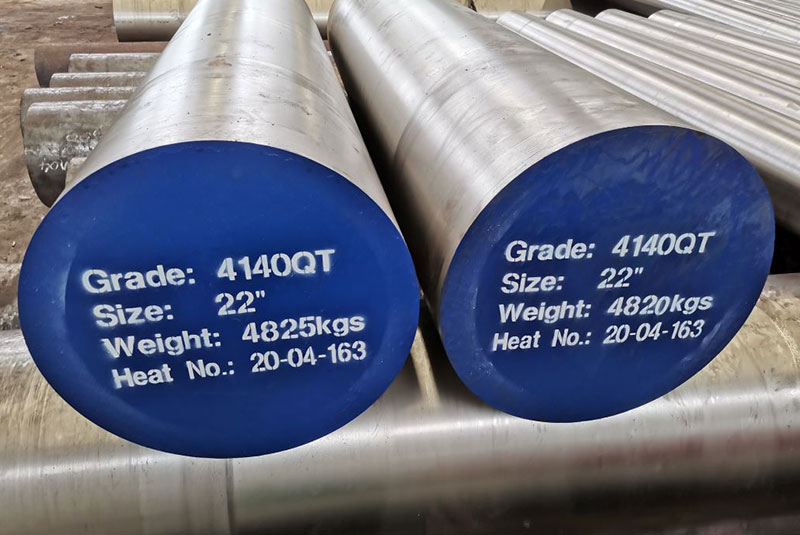
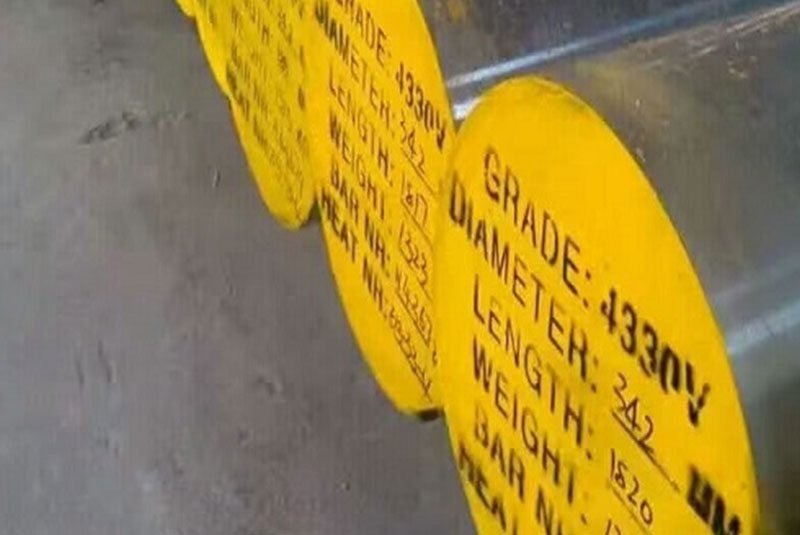
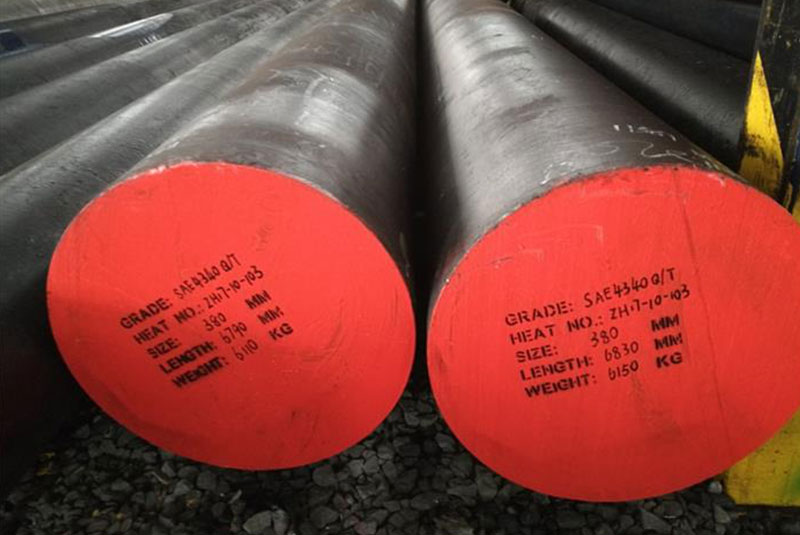
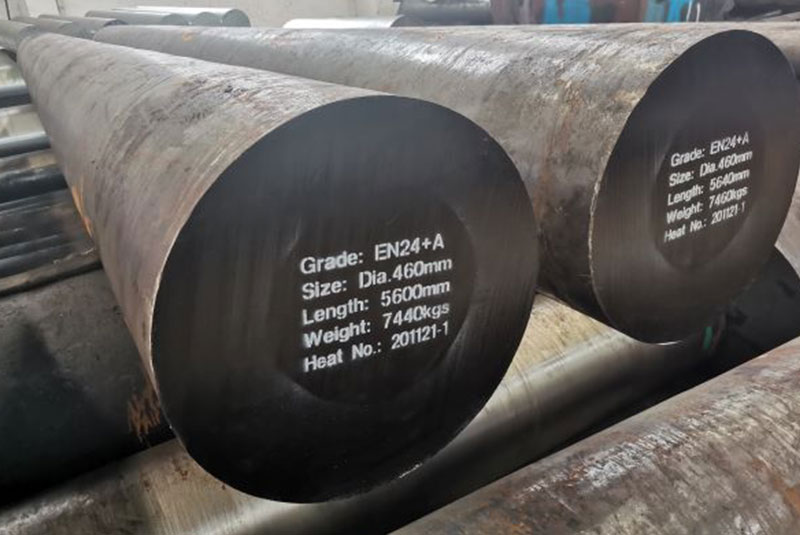
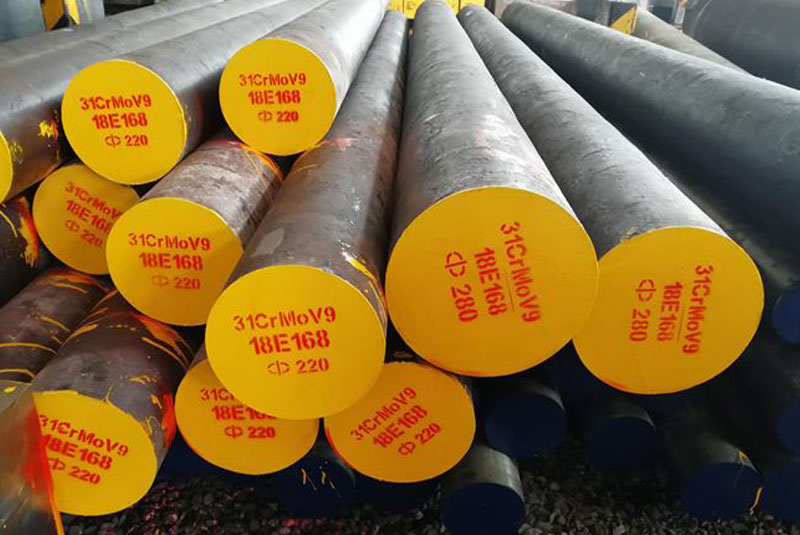
Suppliers and Pricing of ASTM A193 Steel
Finding the right supplier and understanding pricing can be crucial for any project involving ASTM A193 steel. Here’s a snapshot of what you need to know.
| Nhà cung cấp | Location | Pricing (per ton) |
|---|---|---|
| XYZ Steel Co. | Hoa Kỳ | $2,500 – $3,000 |
| ABC Metals | Germany | €2,200 – €2,700 |
| Global Steels | China | $2,000 – $2,500 |
| Premier Steel | India | ₹1,80,000 – ₹2,10,000 |
Prices vary based on supplier location, quality, and order quantity, so it’s essential to get multiple quotes before making a purchase.
Advantages and Disadvantages of ASTM A193 Steel
Every material has its pros and cons, and ASTM A193 steel is no exception. Let’s compare its advantages and disadvantages.
| Ưu điểm | Nhược điểm |
|---|---|
| High tensile strength | Can be expensive compared to other steels |
| Excellent heat resistance | Requires specific heat treatment processes |
| Good corrosion resistance | Higher weight may be a drawback for certain applications |
| Versatile across industries | Availability can be an issue in some regions |
Understanding these factors can help you determine if ASTM A193 steel is the right choice for your needs.
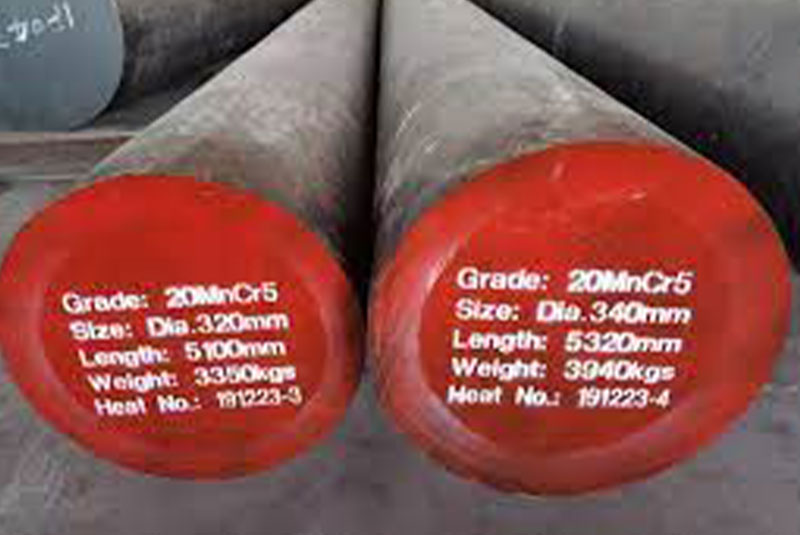
Câu hỏi thường gặp
Got questions about ASTM A193 steel? We’ve got answers.
| Câu hỏi | Trả lời |
|---|---|
| What does ASTM A193 stand for? | ASTM A193 is a standard specification for alloy and stainless steel bolting material for high-temperature or high-pressure service and other special-purpose applications. |
| Can ASTM A193 steel be welded? | Yes, but it requires preheating and post-weld heat treatment to avoid cracking and maintain its mechanical properties. |
| What are common grades of ASTM A193 steel? | Common grades include B7, B7M, B16, and B8, each with specific properties and applications. |
| How do you identify ASTM A193 bolts? | They are typically marked with the grade and manufacturer’s identification symbol. |
| Is ASTM A193 steel corrosion resistant? | Yes, especially the stainless steel grades, which offer excellent resistance to corrosion in various environments. |
Kết luận
ASTM A193 steel is a powerhouse in the world of high-performance materials. Its unique blend of chemical and mechanical properties, coupled with its versatility and reliability, make it an invaluable asset across numerous industries. Whether you’re in the oil and gas sector, power generation, or construction, understanding ASTM A193 steel’s capabilities can help you make informed decisions for your projects.
So next time you’re in the market for robust and durable steel, remember the detailed insights shared here about ASTM A193 steel – it might just be the perfect fit for your needs. Happy building!

